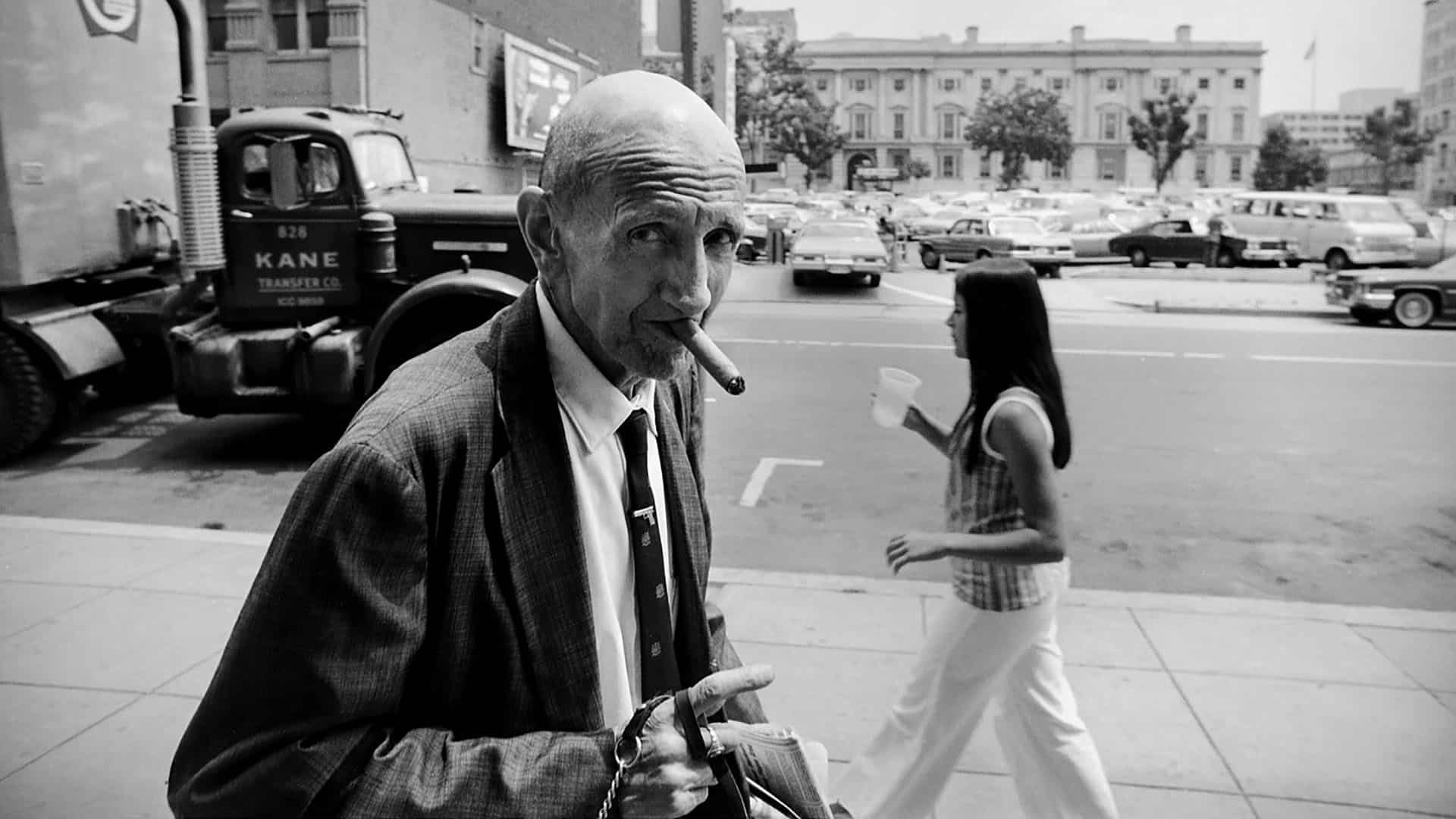The American photographer takes us to the streets of Washington DC, where in the 1970s he documented the comings and goings of its inhabitants.

You’re getting blind.
Don’t miss the best of visual arts. Subscribe for $9 per month or $108 $90 per year.
Already suscribed ?



